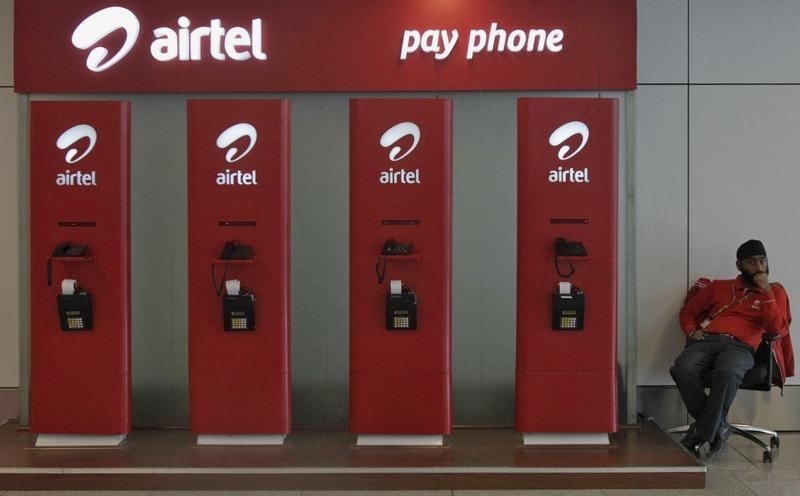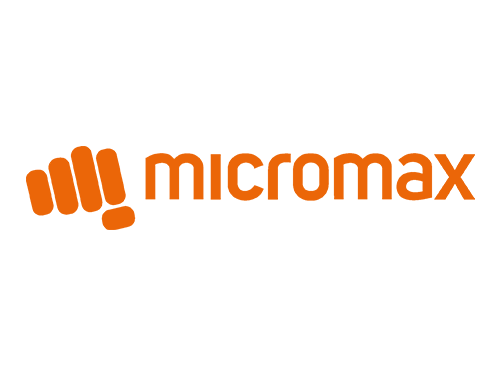The Indian smartphone market has gone through a lot of changes in the past ten years. While some names have stayed constant in the market, some leading players are nowhere to be found and a host of Chinese brands have been introduced who have taken a tight grasp of the Indian market.
Micromax, the name that is synonymous with cheap and inexpensive but feature-rich phones. Reliable to a certain extent, but most importantly, it helped to break some norms of the Indian market and made several features, which were only available in the higher end luxury phones in those days, available in their cheaper phones. Therefore, in a short time, the company won the hearts of many in the fastest growing mobile market. It even became India’s largest mobile phone brand for a short time in its history.
The Rise –
A decade ago, Micromax suddenly came out with a bunch of smartphones that attracted the eyes of people in the Indian subcontinent. The phones came with features that were similar to those offered by Samsung but in prices that were half of the Samsung phones. Although the phones did not have a premium look to them or a high-end finish, they were sufficient in meeting the Indian market demands.
Micromax in the early 2000s was mainly a software company known as Micromax Software. The company founder Rahul Sharma was then pitched an idea of fixed wireless terminals by one of his Finnish colleagues. This technology, unique at that time, would allow people in rural areas where landline did not reach, to use SIM cards for communication. This idea of one sim card used by many people was a major hit.
Sharma, in an interview with news agency Mint in 2013 had shared how the company came into existence. He said, “We were all friends; me and Rajesh (Agarwal) were neighbors, and I knew Sumeet (Arora) and Vikas (Jain) from college, and when we had finished studying, it was 2000, and we thought, everything is booming, we should also start a business.”
He also said how the company, when first started was developing lower end technologies. He also shed light on how things took an upward turn as Nokia became their partners in 2001 but things got a real push from Bharti Airtel. He said, “In those days, payphones were only BSNL (Bharat Sanchar Nigam Ltd), MTNL (Mahanagar Telephone Nigam Ltd) lines because the technology for the billing was operating at a particular frequency which only those lines could work at. That was such a stupid thing. We created a simple tool to convert the frequency, which allowed Airtel to build a huge network of payphones, and it became a big business for us.”

For Nokia, the company was making specialized hardware. They were also signed up as an all-India distributor of 32s. 32s looked similar to normal landline phones but used sim cards instead of a wired connection. The phones became big in the market and were soon being installed in Call centers and PCOs across the country. Micromax was installing 10,000 32s in a year at that point in time. In 2004, Nokia sold off its business worldwide.
Thereafter, Micromax was working on the same technology but this time for Airtel. They soon found themselves installing payphones in Jammu and Kashmir before spreading to the rest of the country. At their peak in 2007, they were installing 250,000 payphones a year and started looking at the next big thing, i.e. mobile phones.
As per the plan, the company went into the mobile phone market. Since 2009, the Indian mobile market went through a lot of changes. Before the first smartphone got introduced in the Indian market, Nokia and Samsung were always rated higher than other brands who made devices. But then came in the “smart” age. Samsung soon went turned and focused to build and launch smartphones, Nokia though at first came up with some innovative phones slowly faded from the ecosystem.
India at those times did not have an ecosystem to build phones. Micromax, therefore, turned to China. Micromax designed the phones in India with the help of reference material from chip makers like Qualcomm and MediaTek. The mobiles were built by fabricators of China in thousands. Although some phones were assembled in India, the main resources came from China.
At the start, compiling new technology at cheap prices made the company hugely popular among the masses. Micromax also focused on research and development. But soon the market again changed. Chinese mobile makers came to India with their cheap but premium designed mobiles.
The fall – Jio, Demonetization, and Chinese brands
Indian market first changed in 2009 when the smartphones first came into the picture. Samsung and Nokia remained bigger players in the market. In 2012, Indian brands like Micromax, Lava made their name. Till 2015 they were hugely popular. Indian brands took up almost half of the Indian mobile market.
From 2015, rumors were floating about 4G being introduced in India. Airtel also invested in 4G technology. However, Indian brands did not necessarily scale up their mobiles to be 4G compatible, thinking that there is plenty of time before the technology gets properly introduced in India.

In 2016, Micromax faced the main blow. Reliance came into the telecommunication market as they launched Jio, a 4G network which then, the company started to give out for free. Most phones in the market that was not 4G compatible were obsolete.
At the same time, Chinese brands like OnePlus came to India. Xiaomi also started their flash sales. Chinese phones were introduced at similar price levels with similar features and also 4G compatible.
In 2017, Rahul Sharma in an interview with Gadgets 360 said, “The first thing that happened was, thanks to our big brother in [Mumbai], the country went from 3G to 4G almost overnight. So that affected us in 2016. But we thought that we would launch our new phones in November.”
But another unfortunate surprise awaited the company in November. Prime Minister Narendra Modi had announced that ₹ 500 and ₹ 1000 notes would not be a valid tender. Due to demonetization, the company pushed back its launch of a new lineup of 4G compatible phones to February 2017.
Overnight transformation of the market from 3G to 4G crippled Micromax with thousands of units of phones that no one wanted. The introduction of the Chinese phone makers with their 4G ready phones made them come into the limelight. By the time Micromax came out with their new phones, the Chinese brands had already captured the Indian market.
Resurrection
Micromax is once again taking a shot at the top. The company has claimed recent government initiatives to boost manufacturing and counter cheaper imports from China.
According to Rahul Sharma, India’s new production-linked incentive (PLI) scheme will bring back favor towards the Indian brands. Sharma said to Mint, “I think this is a great cushion that has been provided to all the Indian companies, which will help us to fight these guys.”
The Indian government has announced the PLI scheme in which they would offer a 4-6% incentive to eligible electronics companies on incremental sales of manufactured goods—mobile phones and electronic components such as printed circuit boards and sensors, among others—for five years with 2019-2020 as the base year and incentives applicable from 1st August. In October, Bhagwati Products, the maker of Micromax phones was approved by the government under the PLI scheme. 15 other companies were also approved by the government, which included Rising Star, Wistron, and Pegatron.
Micromax is looking to launch its new brand, “In”. According to co-founder Sharma, the company has been working on the lineup for almost 8 to 9 months. He also said that the company would no longer be making low-cost smartphones. He said, “We will only come out with performance-oriented products. You won’t see phones worth ₹3,000-5,000 from Micromax anymore.”

The new lineup of mobiles would be in the ₹ 7000- ₹ 10,000 range and ₹20,000- ₹25,000 range and would be available from next month. Expectedly, a whole line up of In branded phones would be out by the end of the year.

